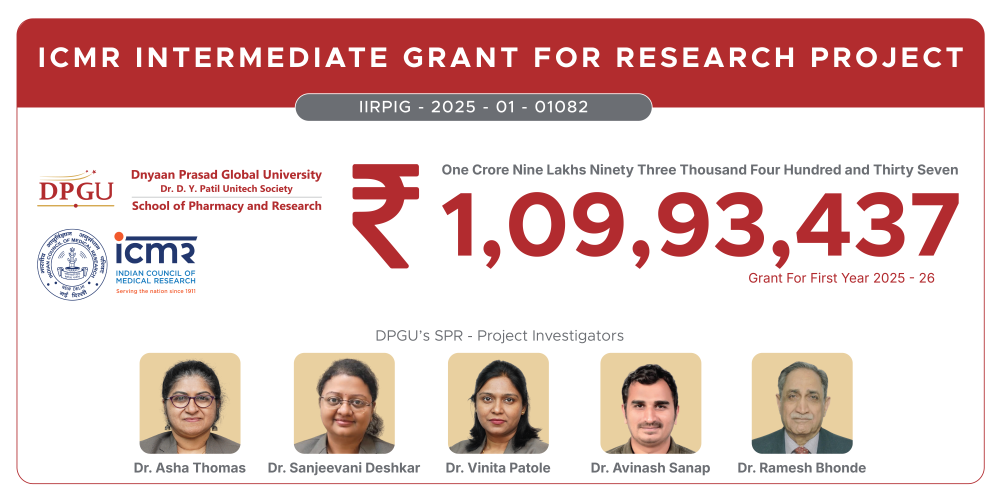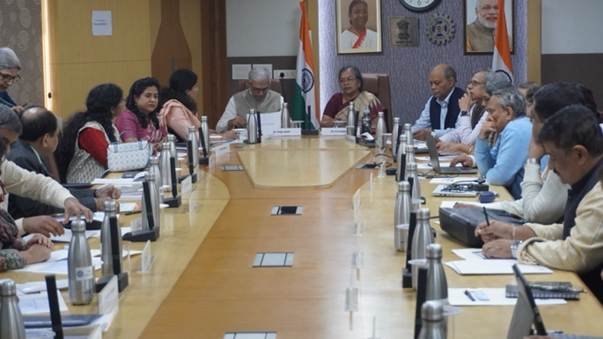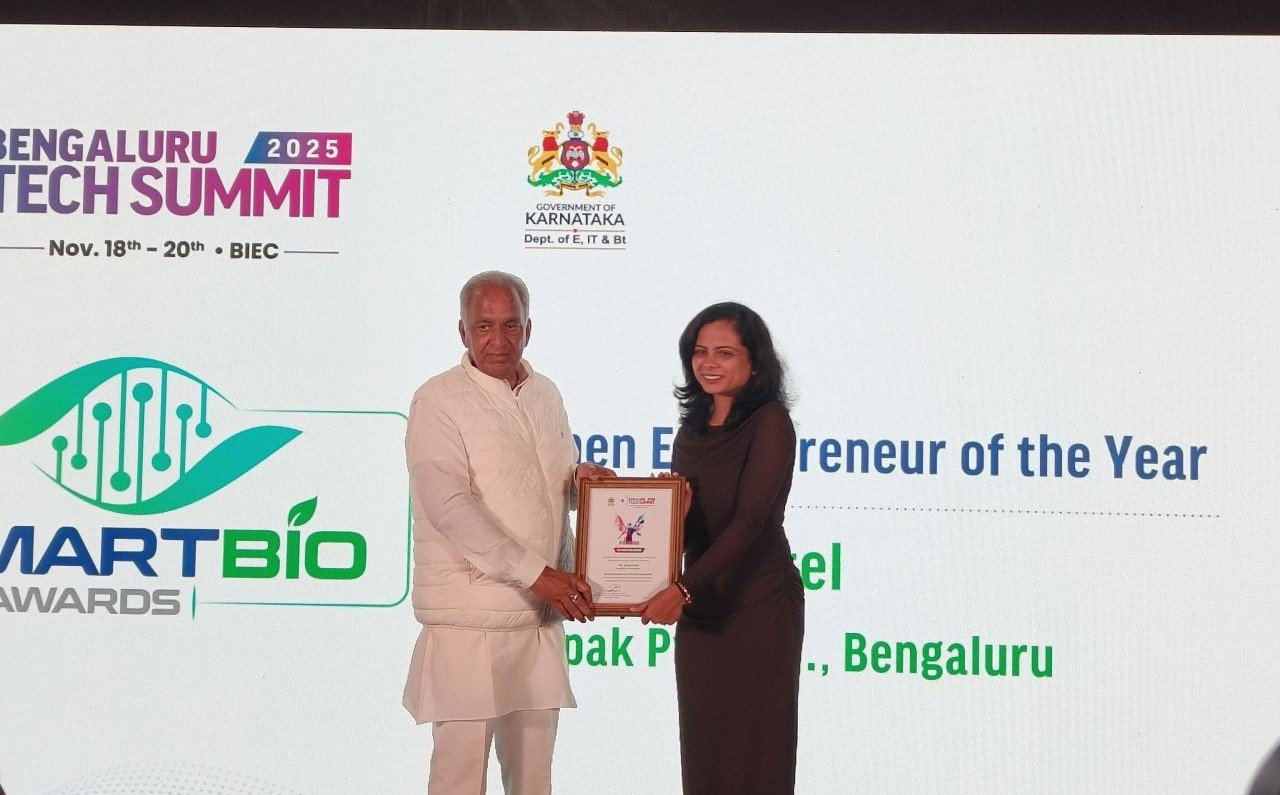Significant advantages of stem cell biobanks
November 03, 2025 | Monday | Views
Setting up Animal Stem Cell Biobank goes beyond India’s position as a leader in scientific tech innovation
image credit- shutterstock
India’s first Animal Stem Cell Biobank was inaugurated in August 2025 at the National Institute of Animal Biotechnology (NIAB), Hyderabad, marking a pioneering step that places the nation on the global map of animal biotechnology.
Designed to preserve and provide high-quality stem cells from diverse animal species, the biobank will accelerate research in regenerative veterinary medicine, cultivated meat, disease modelling, and biodiversity preservation.
Due to their potential to differentiate into multiple forms of cells, stem cells allow for a unique way to study cellular processes, tissue regeneration, and genetic disease. In being able to preserve a consistent and reliable source of stem cell lines, researchers will be able to investigate therapies that not only enhance animal health but also generate viable substitutes to traditional production agriculture.
One such example is cultivated meat production. With global demand for protein rising, stem cell biobanks make it possible to grow animal-derived meat in laboratory conditions without the need for large-scale animal rearing.
This initiative welcomes India as it joins countries that have established similar repositories with proven success. For instance, the RIKEN Cell Bank in Japan and the Roslin Institute in the UK have been well-equipped with cell lines of animals for the studies of diseases and gene-editing research for a long time, thus proving the trustworthiness and reliability of the cells as the basis of major innovations like the creation of lab-grown meat and the lessening of animal testing in drug discovery.
Globally, stem cell biobanks are already demonstrating significant advantages. In the United States and Singapore, these cell banks have been vital to the cultivated meat industry, assisting researchers in growing genuine animal tissue in the lab, which helps lessen the environmental and ethical issues linked to livestock farming. In Europe, advancements in veterinary stem cell research are leading to better regenerative therapies for horses and dogs, which improves their recovery rates and lowers euthanasia numbers. India’s facility has the potential to replicate and broaden these benefits across its agricultural and veterinary sectors.
Indubitably, setting up this biobank goes beyond India’s position as a leader in scientific tech innovation and a prime example of how biotech could contribute to sustainability. The biobank reduces the need for live-animal experiments, thus, aligning with global ethical principles of research. Additionally, the availability of stem cells from native breeds will allow India to have a genetically diverse pool for the next phase of industrial-agricultural development.
The path forward is integration, involving universities, veterinary hospitals and private biotech firms in a rich, collaborative ecosystem. Broader partnerships with international cell repositories can help standardize data and protocols for global compatibility. Over time, India’s Animal Stem Cell Biobank could grow from a national resource into a regional hub for innovation, advancing sustainable food systems and next‑generation veterinary medicine across Asia.
Somya Jain, Freelancer










